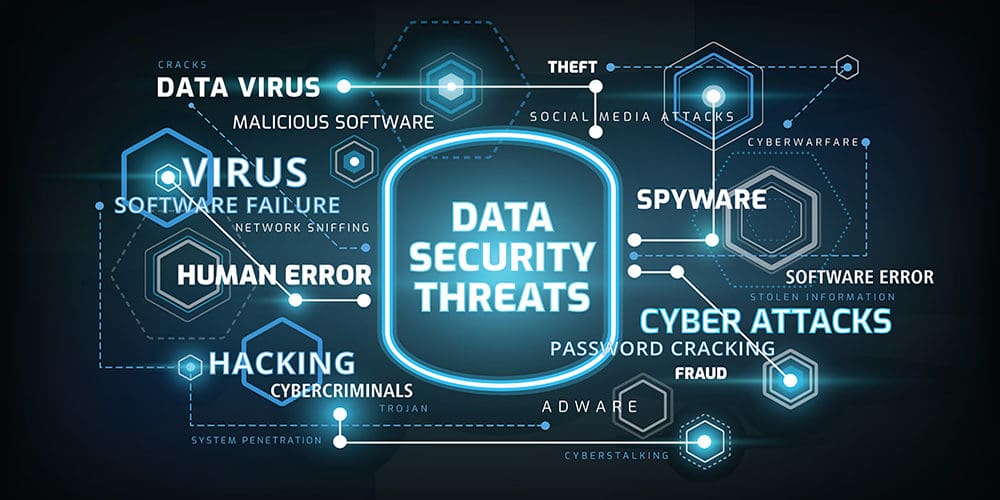The Importance of Cybersecurity for Remote Learning
The Importance of Cybersecurity for Remote Learning
Remote learning has become the new normal for educational institutions around the world. With the rapid shift to online education, it is crucial for these institutions to prioritize cybersecurity. The increasing reliance on digital platforms and online tools has opened up new avenues for cyber threats and attacks. In this blog post, we will explore the importance of cybersecurity for remote learning and discuss strategies to protect educational institutions.

1. Understanding the Cybersecurity Risks
Remote learning brings its own set of cybersecurity risks. Educational institutions need to be aware of these risks in order to effectively protect their systems and data. Some common cybersecurity risks in remote learning include:
Phishing Attacks:
Phishing attacks involve tricking individuals into revealing sensitive information or downloading malicious software. Cybercriminals often use emails, messages, or fake websites to deceive students, teachers, and staff members.
Data Breaches:
Data breaches can result in the unauthorized access, theft, or exposure of sensitive information. Educational institutions store a vast amount of personal and financial data, making them attractive targets for hackers.
Ransomware:
Ransomware is a type of malware that encrypts data and demands a ransom for its release. Educational institutions can suffer significant disruptions and financial losses if their systems are infected with ransomware.
2. Implementing Strong Authentication Measures
One of the most effective ways to enhance cybersecurity in remote learning is to implement strong authentication measures. This involves verifying the identity of users before granting them access to systems or data. Educational institutions should consider the following authentication strategies:
Multi-Factor Authentication (MFA):
MFA adds an extra layer of security by requiring users to provide multiple forms of identification, such as a password and a unique code sent to their mobile device. This significantly reduces the risk of unauthorized access.
Single Sign-On (SSO):
SSO allows users to access multiple applications or systems with a single set of login credentials. This not only simplifies the login process but also reduces the likelihood of weak or reused passwords.
3. Educating Students, Teachers, and Staff
Educational institutions should prioritize cybersecurity education for students, teachers, and staff members. By raising awareness about potential threats and best practices, institutions can empower their community to make informed decisions and take necessary precautions. Some key areas of cybersecurity education include:
Recognizing Phishing Attempts:
Students, teachers, and staff should be educated about the common signs of phishing attempts and how to avoid falling victim to them. This includes being cautious of suspicious emails, links, and attachments.
Creating Strong Passwords:
Password hygiene is crucial in preventing unauthorized access. Educate users on the importance of creating strong, unique passwords and regularly updating them.
Safe Internet Browsing:
Teach students, teachers, and staff about safe internet browsing practices, such as avoiding suspicious websites and only downloading files from trusted sources.
4. Regularly Updating and Patching Systems
Keeping systems and software up to date is essential for maintaining a secure remote learning environment. Regular updates and patches help address vulnerabilities and protect against known security threats. Educational institutions should establish a process for monitoring and applying updates to all devices and software used in remote learning.
5. Implementing Network Security Measures
Securing the network infrastructure is crucial for protecting educational institutions from cyber threats. Some network security measures to consider include:
Firewalls:
Firewalls act as a barrier between an internal network and external threats. They help filter incoming and outgoing network traffic, preventing unauthorized access and blocking malicious activities.
Virtual Private Networks (VPNs):
VPNs provide a secure connection between users and the institution’s network. Encouraging the use of VPNs can help protect sensitive data transmitted over public networks.
Intrusion Detection and Prevention Systems (IDPS):
IDPS monitor network traffic for suspicious activities and can automatically block or alert administrators about potential threats. Implementing IDPS can help detect and prevent cyber attacks.
Conclusion
As remote learning continues to be the norm, educational institutions must prioritize cybersecurity to protect their systems, data, and community. Understanding the risks, implementing strong authentication measures, educating users, regularly updating systems, and implementing network security measures are all crucial steps in safeguarding remote learning environments. By taking proactive measures, educational institutions can create a secure and resilient online learning experience for students, teachers, and staff.